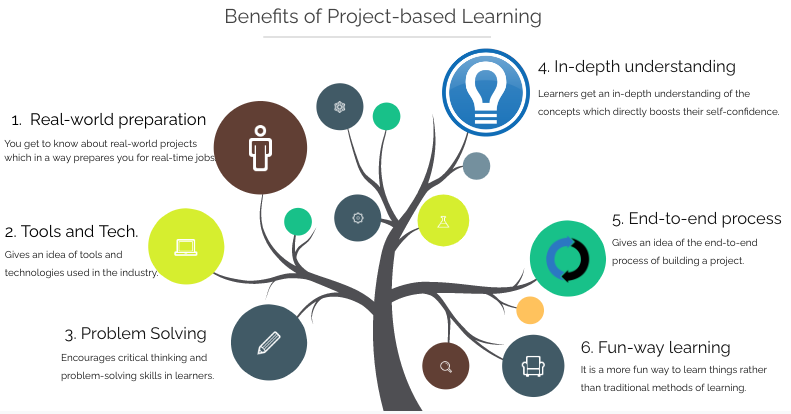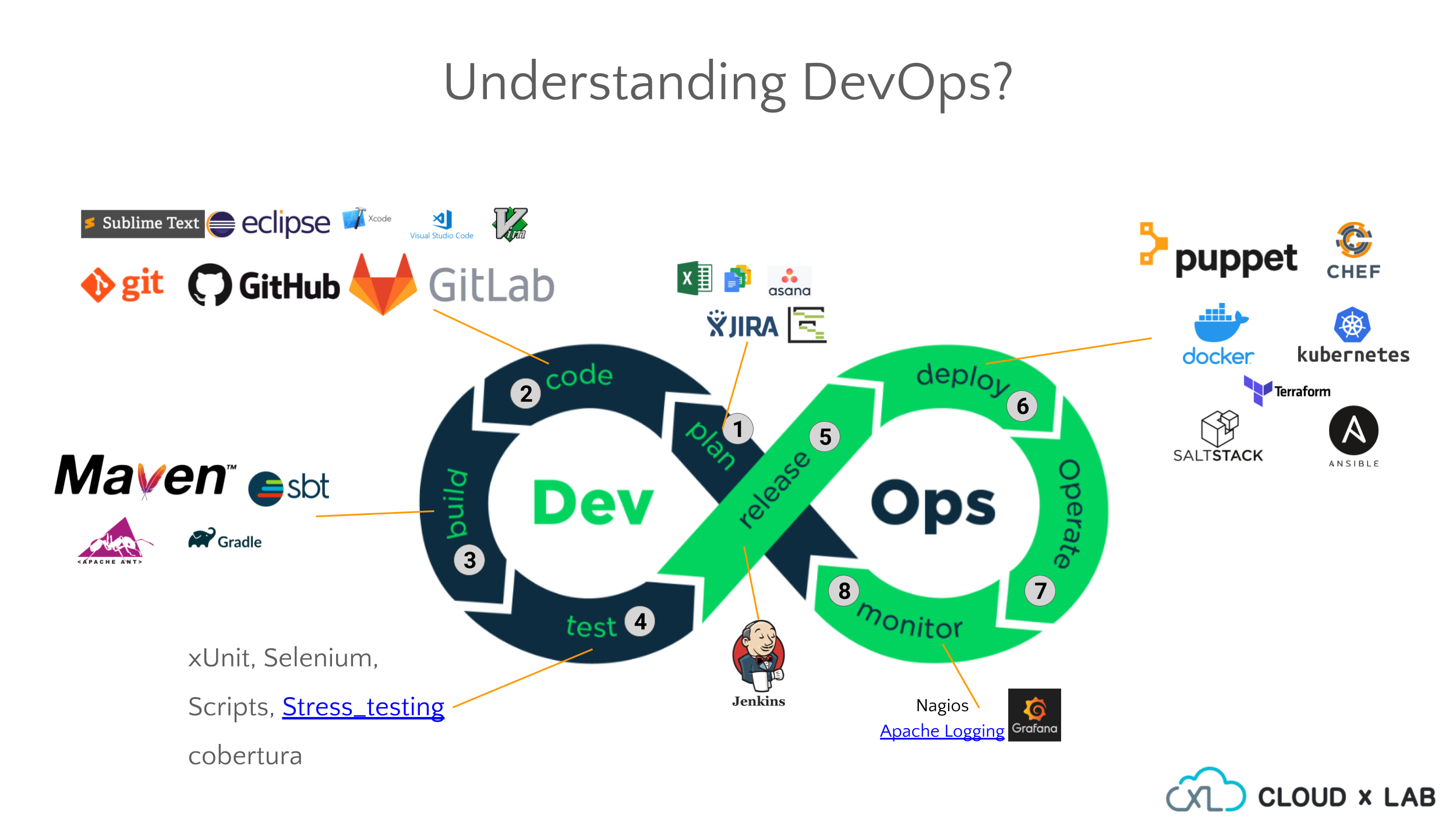In today’s competitive manufacturing landscape, companies that want to stay ahead of the curve are turning to AI and data science to improve efficiency and drive innovation. By harnessing the power of AI and data science, manufacturing companies can gain valuable insights into their operations and make data-driven decisions that can help them improve productivity, reduce costs, and develop new products and services.
One key area where AI and data science can help manufacturing companies is in the realm of predictive maintenance. By analyzing vast amounts of data from sensors and other sources, AI algorithms can identify patterns and anomalies that can indicate when equipment is likely to fail. This can help companies schedule maintenance and repairs at the optimal time, reducing downtime and improving overall equipment reliability.
Continue reading “I’m from the manufacturing industry, should I learn Data Science and AI?”










